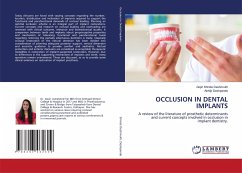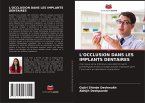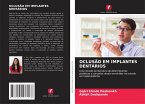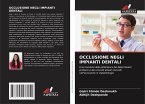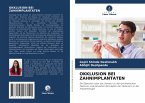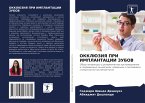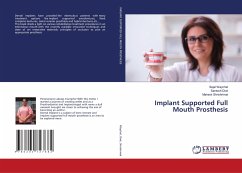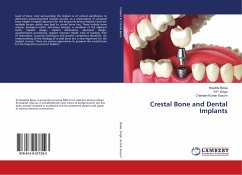Today clinicians are faced with varying concepts regarding the number, location, distribution and inclination of implants required to support the functional and parafunctional demands of occlusal loading. Planning an optimal occlusion scheme is an integral part of implant restorations. Current concepts and research on occlusal loading and overloading are reviewed with clinical outcome, relevance and biomechanical studies. A comparison between teeth and implants about proprioceptive properties and mechanism of tolerating functional and parafunctional loads regarding restoring the partially edentulous dentition is made. Classically occlusal restoration of the natural dentition has been divided into consideration of planning adequate posterior support, vertical dimension and eccentric guidance to provide comfort and aesthetics. Mutual protection and anterior disclusion are considered as acceptable therapeutic modalities in restoration of implant-supported restoration. However, due to differences in the supporting mechanisms of implants and teeth, many questions remain unanswered. These are discussed, so as to provide some clinical evidence on restoration of implant prosthesis.
Bitte wählen Sie Ihr Anliegen aus.
Rechnungen
Retourenschein anfordern
Bestellstatus
Storno

